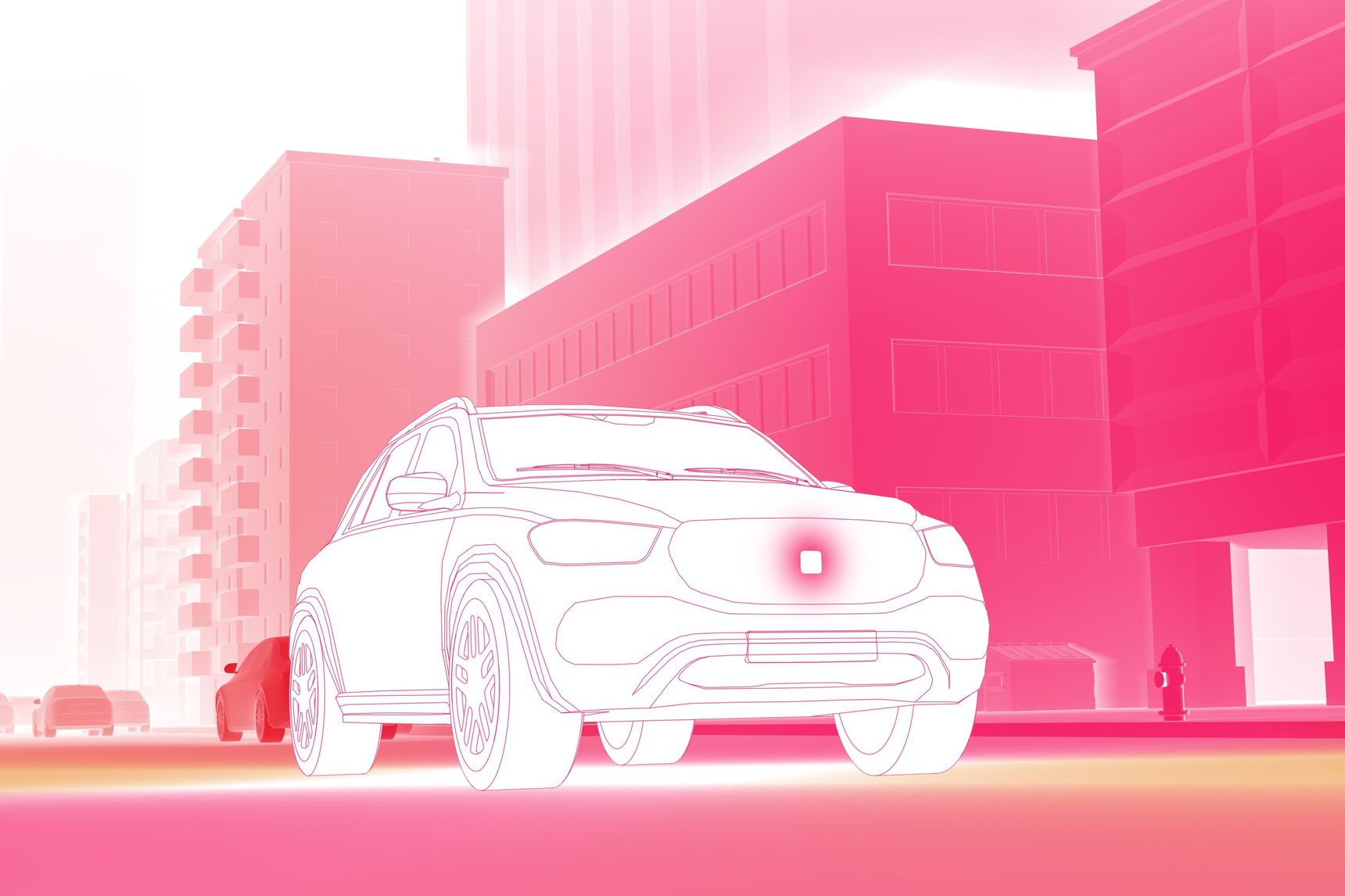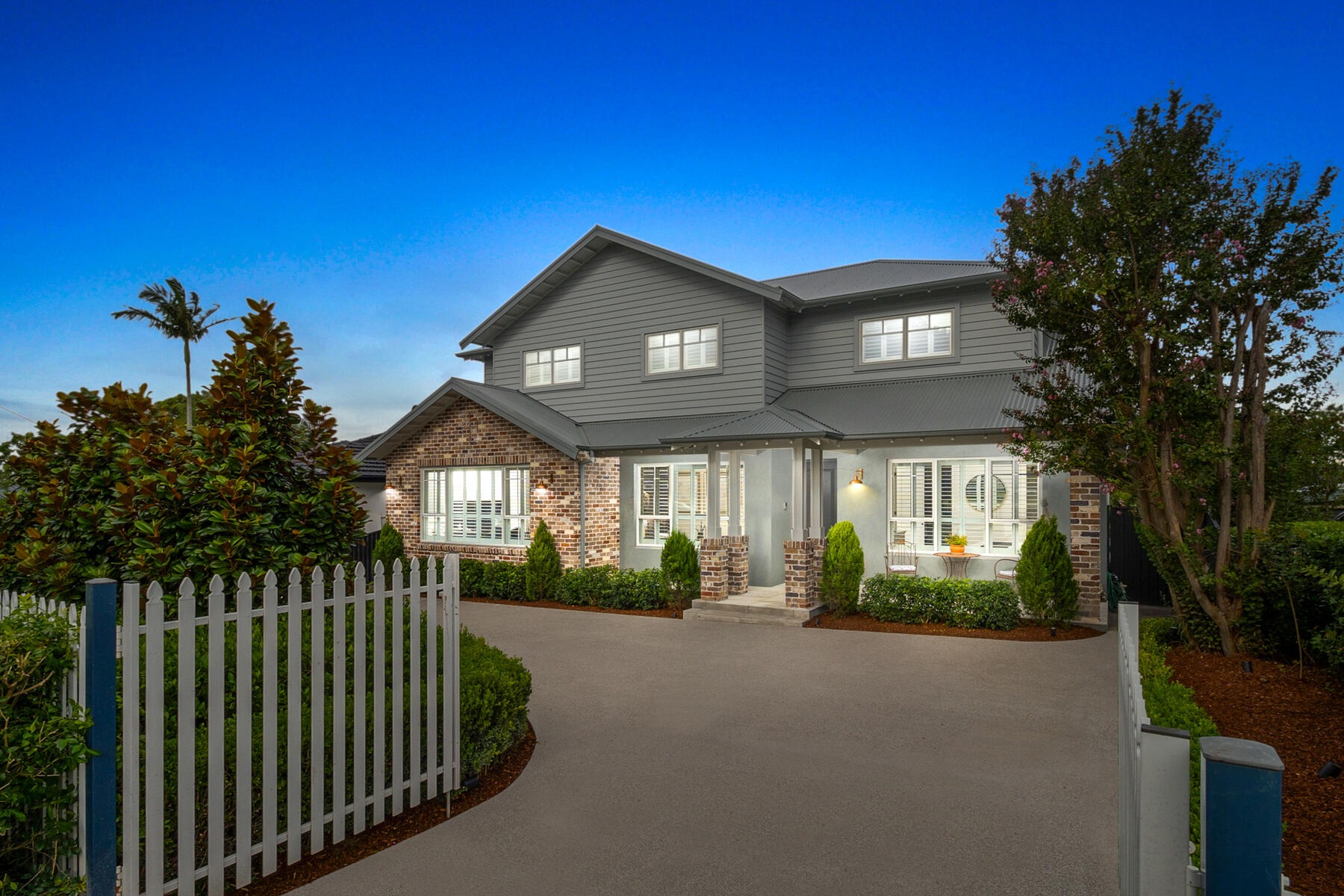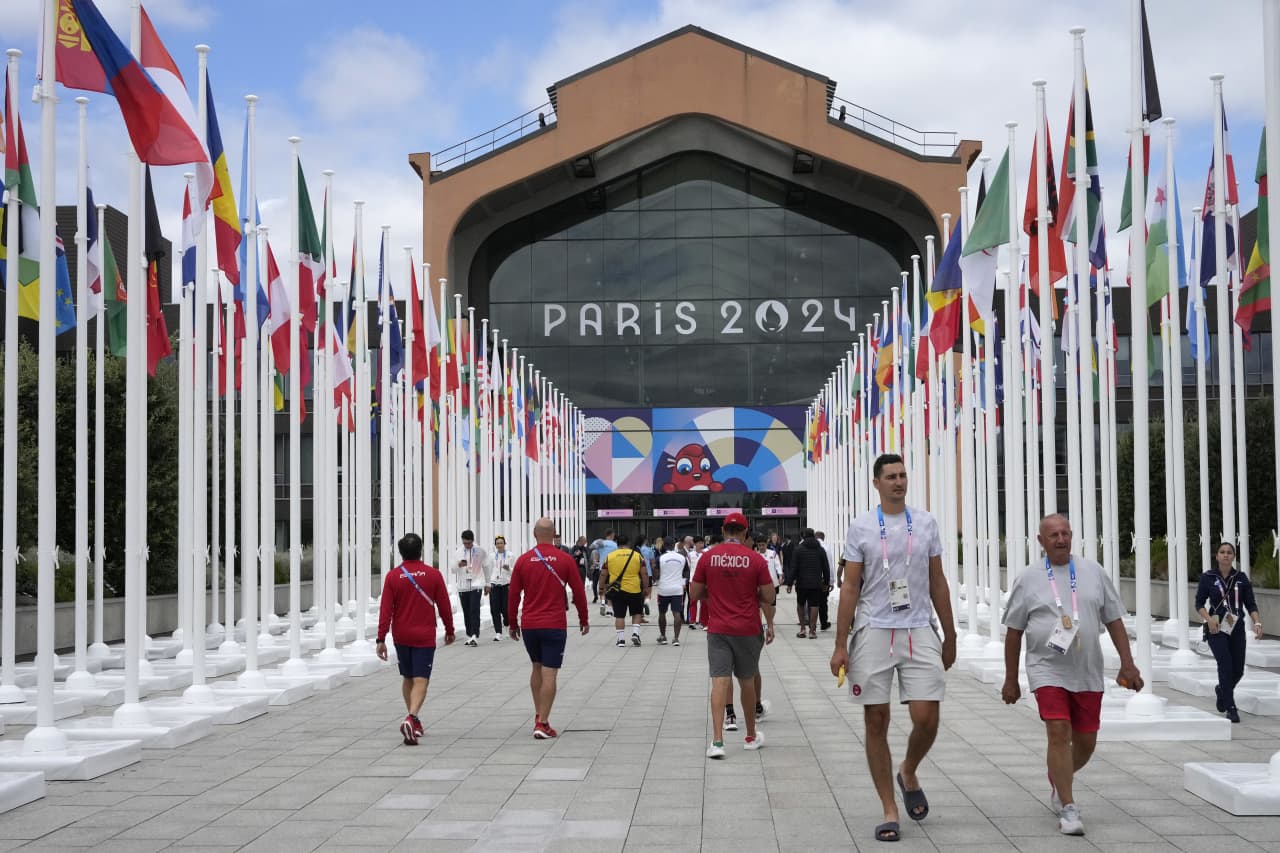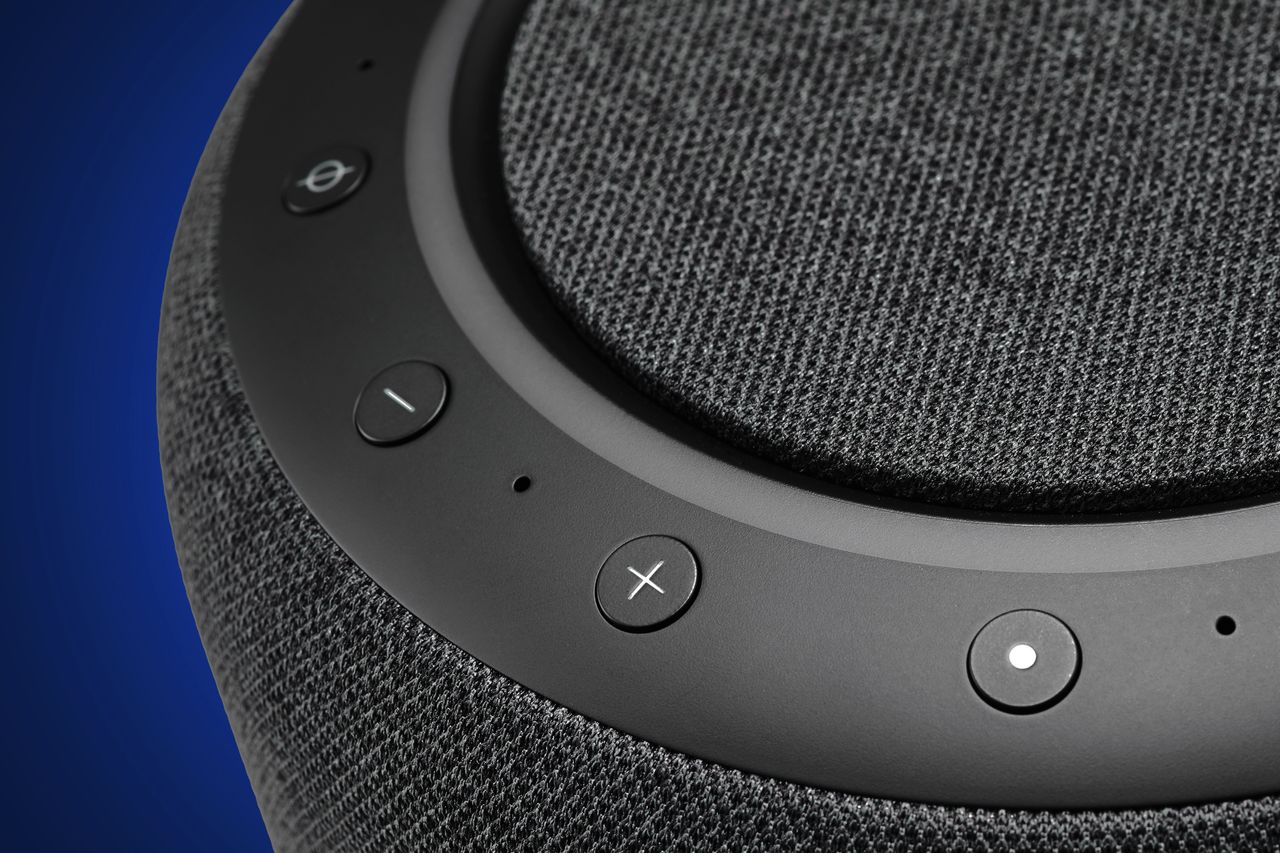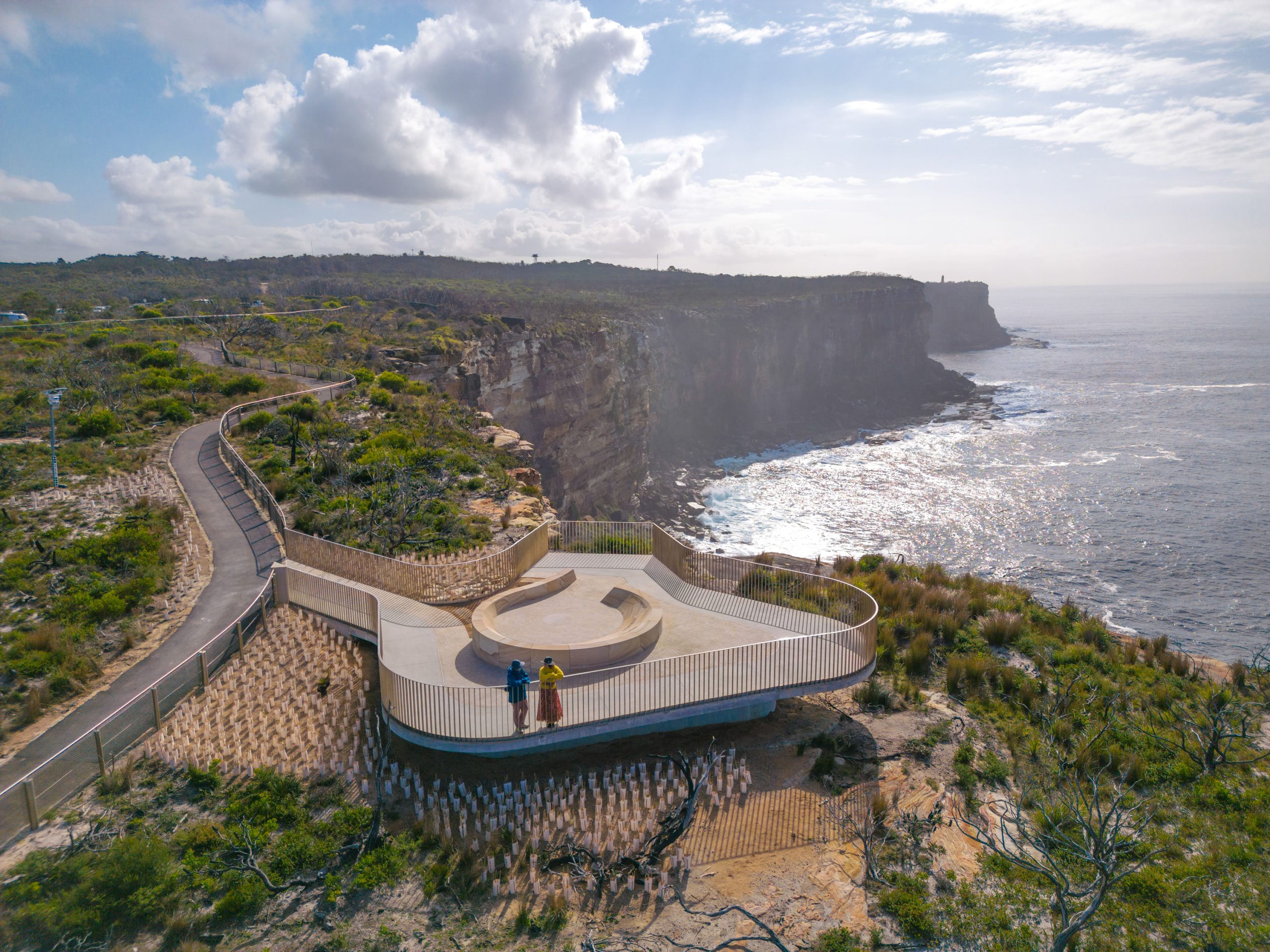For Self-Driving Cars, the Hot New Technology Is… Radar
Companies are improving the century-old technology to help vehicles operate more safely
One of the hottest new technologies for next-generation auto-safety systems and planned “autonomous” vehicles has roots going back a century.
Yes, we’re talking about radar, the same technology that began as a curiosity in the early 20th century, helped Britain to repel the Luftwaffe in World War II, and has long enabled weather forecasting and allowed air-traffic controllers to keep our skies safe.
Today, radar is no longer just for aeroplanes and military installations. A number of new companies on both the hardware and software side are making radar an integral part of safety systems to detect cyclists and pedestrians.
The need for such technology is urgent: Pedestrian deaths in the U.S. have surged in the past few years, even as Americans logged fewer miles on the road. And increasing levels of autonomy in new vehicles that enable features like collision warning, automatic braking, and blind-spot detection—not to mention the driverless cars of the future—are entirely dependent on advanced sensory systems. Such systems are also essential for auto makers to meet their promises to incorporate automatic braking systems into all vehicles by 2022.
To reduce and prevent carnage on our roads, companies like Mobileye, a subsidiary of Intel, are working on chips bristling with tiny radar antennas. General Motors recently invested in Oculii, an all math-and-software startup that uses machine learning to shape the kinds of signals automotive radar systems use. The software company MathWorks is developing algorithms that can allow auto makers to integrate data from radar and other sensors into a trustworthy picture of the world around a vehicle.
For engineers who work on vehicle sensors, now is a time of rapid change, says Erez Dagan, executive vice president of products and strategy at Mobileye. Cameras used in automobiles continue to become higher resolution, and are able to sense a wider range of natural light than they used to. Lidar, which bounces lasers off surrounding objects to “see” the world in 3-D, is becoming less expensive than it used to be. (Lidar is common in robot taxi prototypes, such as those from Waymo, the Google sister company, GM’s Cruise and Amazon’s Zoox.)
Radar, which bounces radio waves off objects—the term was born as an acronym for “radio detection and ranging”—has been used on some first-generation safety systems in vehicles since the 1990s. Automotive radar systems have a number of advantages. They’re tough enough to survive years of jostling and temperature swings when mounted on cars. They’re much, much less expensive than lidar, good at instantaneously measuring the velocity of objects, and able to peer through the kinds of inclement weather, like fog and rain, that can foil both cameras and lidar systems. But they have until recently had one major drawback: They have only a fraction of the resolution of those other systems, which means in essence that the images they produce are much blurrier.
Oculii’s technology works by changing the shape—also known as the waveform—of the radar signal sent out by radar on cars. The physics are complicated, but by changing the nature of the radar signal depending on what sort of objects it’s bouncing off of, it can resolve objects whose shape would be impossible to “see” otherwise. The result, says Chief Executive Steven Hong, is that existing automotive radar sensors, which cost around $50 apiece, can generate three-dimensional images of a car’s surroundings with a much higher resolution. The company’s software is set to make its debut in radar-based safety systems in the forthcoming Lotus Lambda SUV, to be released in 2023.
Leveraging the chip manufacturing abilities of parent company Intel, Mobileye is working on individual microchips covered with nearly 100 tiny antennas. By using artificial intelligence software to process the noisy signals they receive, Mobileye says its systems can do things like identify pedestrians, at least in the lab. That’s something that previously could only be achieved with cameras and lidar.
There is no unanimity among automobile technologists about what configuration of cameras, lidar and radar will become the standard way to achieve various safety systems or autonomous driving, but nearly all agree that the best solution will be some combination of them.
The resolution that even the best automotive radar can achieve is only as good as the worst lidar systems available, says Matthew Weed, an engineer and senior director of product management at Luminar, which makes lidar systems for automobiles. Luminar’s system, which Mr. Weed says is superior to radar for most applications, costs $1,000, however.
Mr. Weed says that Luminar’s lidar-based systems could justify their cost by being so good that they could lower drivers’ insurance costs by preventing accidents and pedestrian deaths. Even with such a system on a car, radar would be a good backup for when it fails or can’t handle severe weather, he adds.
Mobileye uses lidar, cameras and radar in its most advanced systems. CEO Amnon Shashua has said that while lidar systems have come down in price, they are still 10 times the cost of radar, and likely to remain so for the foreseeable future, on account of the complexity of the hardware involved.
Elon Musk’s Tesla has gone all-in on its bet that the company can achieve true autonomous driving in its vehicles using only cameras.
Cameras have the advantage of extremely high resolution, and they’re affordable and compact thanks to years of advances in smartphone cameras. But for a system that can achieve the highest safety standards, and even eventually full autonomy, cameras need backup sensors that fail under different sets of conditions than they do, Mr. Dagan adds.
Take fog, which looks like an obstacle to both camera-based and lidar-based systems, potentially causing vehicles to stop when they shouldn’t. In research published in 2020, radar-based automotive sensors had no trouble penetrating fog and correctly identifying stopped vehicles hidden within it, says Dinesh Bharadia, an assistant professor of engineering at the University of California San Diego who contributed to the work.
Dr. Bharadia says his team found that one key is using multiple radars, spaced at least five feet apart on a vehicle. It’s the same principle at work in the ever-expanding number of cameras on the backs of our smartphones, he adds. It’s possible to build up an “image” of a car’s surroundings using multiple low-cost radar sensors, just as our phone can use multiple small and inexpensive cameras, and then recombining the images they gather into something much sharper.
Bringing all the sensors on a car together into a single, coherent view of the reality outside a vehicle requires fusing all that data together, says Rick Gentile, an engineer who used to work on radar systems for defence applications and is now a product manager at MathWorks, a software company that builds tools to help process data. For example, while radar might be able to detect that there’s a sign up ahead, it can’t see its colour, which is critical to quickly identifying what kind of sign it is.
For so-called robot taxis, the way to make up for the gaps in the capabilities of each kind of sensor is to use all of them. The goal is “full redundancy,” says Mr. Dagan, so that even if one sensor has an error, others perceive the world correctly. This, he argues, is the fastest way to give vehicles senses that are at least as good as a human’s. (Whether those vehicles will have judgment sufficient to actually drive themselves around safely is a separate matter.)
Until we get real autonomous vehicles—something that could be years, if not decades away—auto makers will have to choose among radar, lidar and cameras, or some combination of the three, to create safety systems that can meet their promises to make automatic braking systems standard by 2022, and to continue to improve those systems. All three sensor types continue to get better, but the difference in cost among them has led automakers to favour one technology or another, depending on how well they think they can make up for its deficiencies with software and AI.
This has led to healthy competition among makers of safety systems, sensors and supporting software—whomever you talk to, they argue their systems are the best.
As all of these companies jostle for a place on your car, the goal of all of these technologists is to profit by significantly reducing road fatalities of every kind, when a human is behind the wheel. It’s a goal that they all agree is much closer at hand than fully autonomous vehicles.
Reprinted by permission of The Wall Street Journal, Copyright 2021 Dow Jones & Company. Inc. All Rights Reserved Worldwide. Original date of publication: September 28, 2021.
 Copyright 2020, Dow Jones & Company, Inc. All Rights Reserved Worldwide. LEARN MORE
Copyright 2020, Dow Jones & Company, Inc. All Rights Reserved Worldwide. LEARN MORE
This stylish family home combines a classic palette and finishes with a flexible floorplan
Just 55 minutes from Sydney, make this your creative getaway located in the majestic Hawkesbury region.
As Paris makes its final preparations for the Olympic games, its residents are busy with their own—packing their suitcases, confirming their reservations, and getting out of town.
Worried about the hordes of crowds and overall chaos the Olympics could bring, Parisians are fleeing the city in droves and inundating resort cities around the country. Hotels and holiday rentals in some of France’s most popular vacation destinations—from the French Riviera in the south to the beaches of Normandy in the north—say they are expecting massive crowds this year in advance of the Olympics. The games will run from July 26-Aug. 1.
“It’s already a major holiday season for us, and beyond that, we have the Olympics,” says Stéphane Personeni, general manager of the Lily of the Valley hotel in Saint Tropez. “People began booking early this year.”
Personeni’s hotel typically has no issues filling its rooms each summer—by May of each year, the luxury hotel typically finds itself completely booked out for the months of July and August. But this year, the 53-room hotel began filling up for summer reservations in February.
“We told our regular guests that everything—hotels, apartments, villas—are going to be hard to find this summer,” Personeni says. His neighbours around Saint Tropez say they’re similarly booked up.
As of March, the online marketplace Gens de Confiance (“Trusted People”), saw a 50% increase in reservations from Parisians seeking vacation rentals outside the capital during the Olympics.
Already, August is a popular vacation time for the French. With a minimum of five weeks of vacation mandated by law, many decide to take the entire month off, renting out villas in beachside destinations for longer periods.
But beyond the typical August travel, the Olympics are having a real impact, says Bertille Marchal, a spokesperson for Gens de Confiance.
“We’ve seen nearly three times more reservations for the dates of the Olympics than the following two weeks,” Marchal says. “The increase is definitely linked to the Olympic Games.”
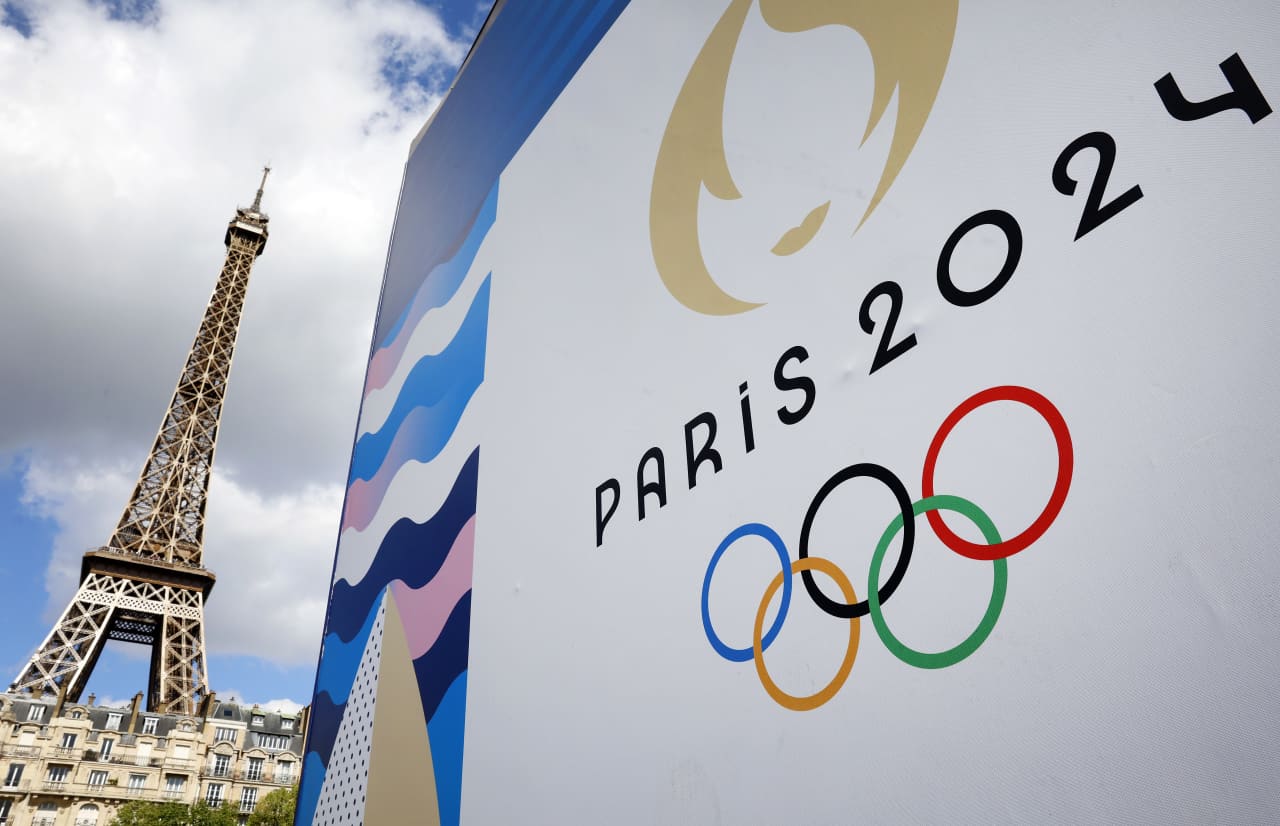
Getty Images
According to the site, the most sought-out vacation destinations are Morbihan and Loire-Atlantique, a seaside region in the northwest; le Var, a coastal area within the southeast of France along the Côte d’Azur; and the island of Corsica in the Mediterranean.
Meanwhile, the Olympics haven’t necessarily been a boon to foreign tourism in the country. Many tourists who might have otherwise come to France are avoiding it this year in favour of other European capitals. In Paris, demand for stays at high-end hotels has collapsed, with bookings down 50% in July compared to last year, according to UMIH Prestige, which represents hotels charging at least €800 ($865) a night for rooms.
Earlier this year, high-end restaurants and concierges said the Olympics might even be an opportunity to score a hard-get-seat at the city’s fine dining.
In the Occitanie region in southwest France, the overall number of reservations this summer hasn’t changed much from last year, says Vincent Gare, president of the regional tourism committee there.
“But looking further at the numbers, we do see an increase in the clientele coming from the Paris region,” Gare told Le Figaro, noting that the increase in reservations has fallen directly on the dates of the Olympic games.
Michel Barré, a retiree living in Paris’s Le Marais neighbourhood, is one of those opting for the beach rather than the opening ceremony. In January, he booked a stay in Normandy for two weeks.
“Even though it’s a major European capital, Paris is still a small city—it’s a massive effort to host all of these events,” Barré says. “The Olympics are going to be a mess.”
More than anything, he just wants some calm after an event-filled summer in Paris, which just before the Olympics experienced the drama of a snap election called by Macron.
“It’s been a hectic summer here,” he says.
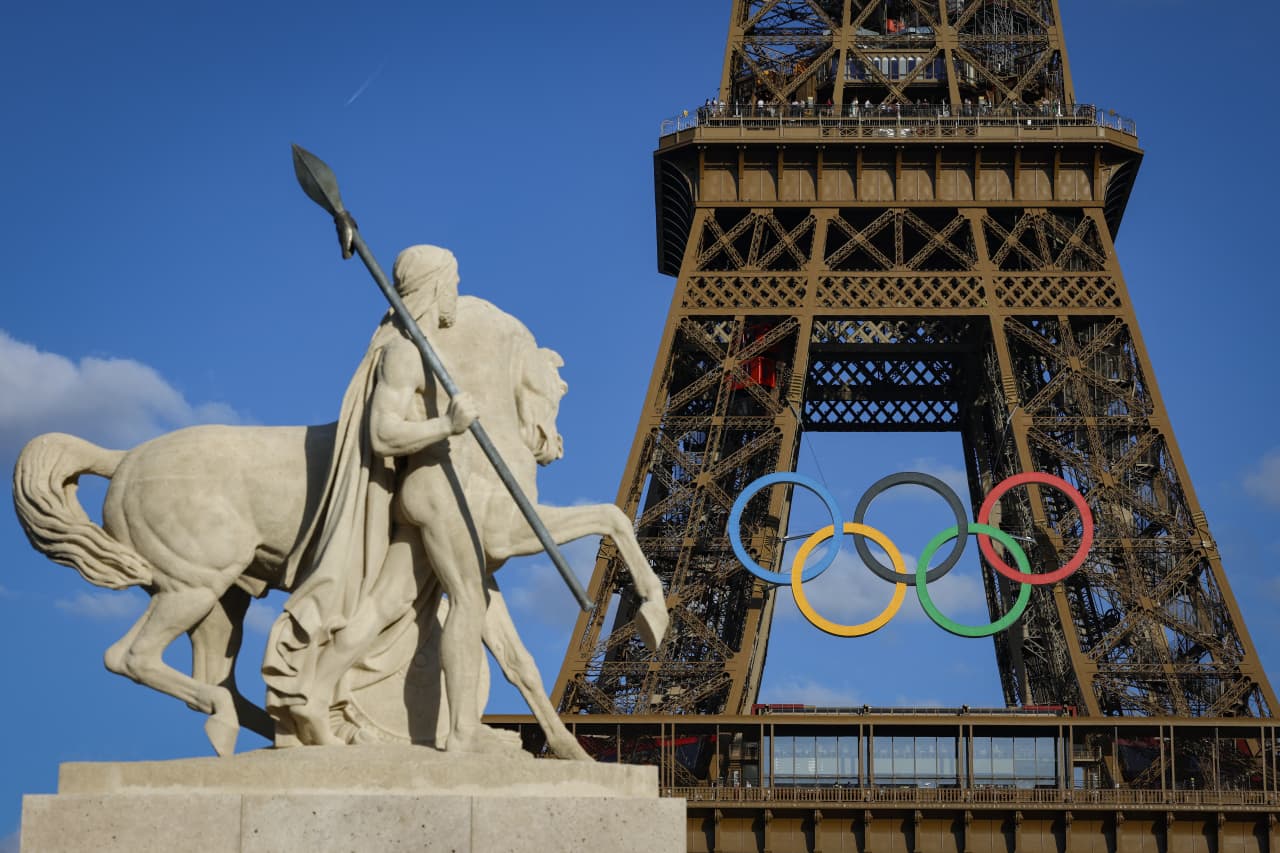
AFP via Getty Images
Parisians—Barré included—feel that the city, by over-catering to its tourists, is driving out many residents.
Parts of the Seine—usually one of the most popular summertime hangout spots —have been closed off for weeks as the city installs bleachers and Olympics signage. In certain neighbourhoods, residents will need to scan a QR code with police to access their own apartments. And from the Olympics to Sept. 8, Paris is nearly doubling the price of transit tickets from €2.15 to €4 per ride.
The city’s clear willingness to capitalise on its tourists has motivated some residents to do the same. In March, the number of active Airbnb listings in Paris reached an all-time high as hosts rushed to list their apartments. Listings grew 40% from the same time last year, according to the company.
With their regular clients taking off, Parisian restaurants and merchants are complaining that business is down.
“Are there any Parisians left in Paris?” Alaine Fontaine, president of the restaurant industry association, told the radio station Franceinfo on Sunday. “For the last three weeks, there haven’t been any here.”
Still, for all the talk of those leaving, there are plenty who have decided to stick around.
Jay Swanson, an American expat and YouTuber, can’t imagine leaving during the Olympics—he secured his tickets to see ping pong and volleyball last year. He’s also less concerned about the crowds and road closures than others, having just put together a series of videos explaining how to navigate Paris during the games.
“It’s been 100 years since the Games came to Paris; when else will we get a chance to host the world like this?” Swanson says. “So many Parisians are leaving and tourism is down, so not only will it be quiet but the only people left will be here for a party.”
This stylish family home combines a classic palette and finishes with a flexible floorplan
Just 55 minutes from Sydney, make this your creative getaway located in the majestic Hawkesbury region.









